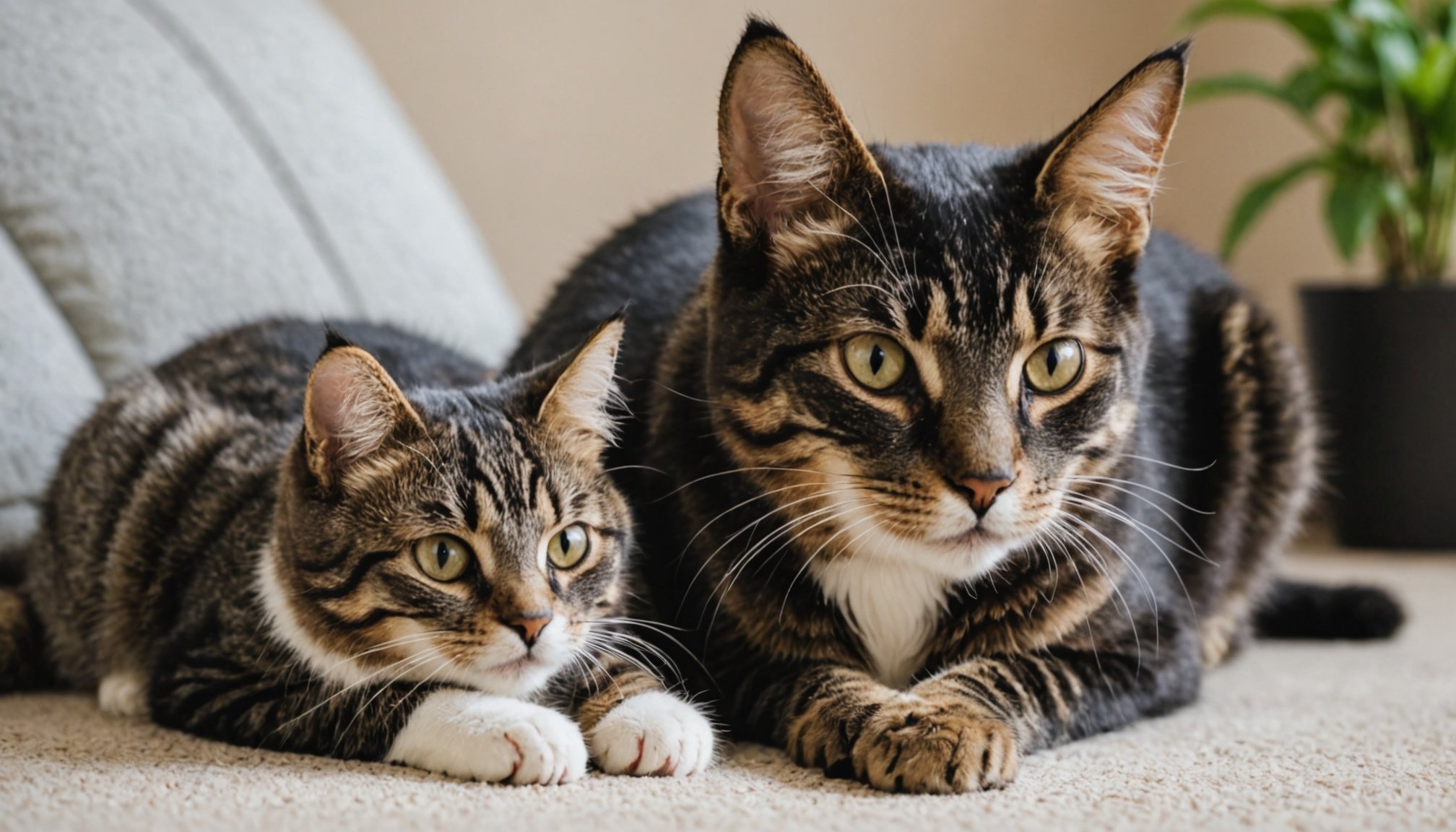Preparing for the Introduction
Bringing a new pet into a multi-pet household requires careful planning and thoughtful consideration. One of the first steps is understanding the temperament and personality of both your existing pets and the newcomers. This understanding helps in anticipating potential challenges and equips you to manage the dynamics effectively.
Before introducing a new dog or cat, it is crucial to create a neutral and safe meeting space. This area should be devoid of any strong territorial associations, allowing the pets to meet without territorial tensions. Consider using a separate room or outdoor space where both animals can explore and interact comfortably without feeling threatened.
A voir aussi : Ultimate guide to raw diets: achieving nutritional balance for your ferret”s health
In terms of essential supplies, having the right gear on hand can significantly ease the transition. Consider having:
- Separate feeding stations and litter boxes to prevent competition over resources.
- Comfortable bedding to ensure each pet has its own cozy retreat.
- Toys to distract and entertain, which can also help in forming positive associations through play.
These preparations ensure a smoother introduction and foster a harmonious environment in a multi-pet household. Remember, patience and understanding are key during this adjustment period, offering each pet time and space to acclimate to their new living situation.
Sujet a lire : Top Strategies for Easing Your Pet Parrot”s Travel Carrier Anxiety
Step-by-Step Introduction Process
Introducing new pets to one another involves a structured introduction process that prioritizes safety and comfort. A gradual introduction ensures a smooth transition.
Initial Separation
Start by establishing boundaries and safe zones. This allows each pet to have a personal space while they acclimate. Introduce them to each other’s scents by swapping bedding or toys, which can ease the tension. Use barriers like pet gates to facilitate initial meetings without direct contact. This helps pets become familiar with their new companion’s presence in a controlled manner.
Controlled Introductions
Once pets are comfortable with the initial setup, move to controlled introductions. Schedule short, supervised meetings where you can closely monitor their interactions. Pay attention to body language and behavioral cues—look for signs such as relaxed postures or wagging tails, which indicate comfort. Gradually increase the duration of these interactions as both pets begin to adjust.
Supervised Interactions
Supervised interactions play a crucial role in the pet acclimatization process. Monitor playtime and interactions closely, providing treats and praise to encourage positive behaviors. This reinforces good behavior and fosters a peaceful environment. Be vigilant for signs of stress or disengagement, such as growling or avoiding eye contact, and step in promptly to ensure both pets feel secure.
Behavioral Monitoring and Analysis
Understanding pet behavior cues is essential for creating a harmonious household with both cats and dogs. Animals communicate through subtle signals that may indicate anxiety, aggression, or contentment. Observing and interpreting these signals can prevent misunderstandings and foster positive interactions.
Recognizing Stress Signals
Both cats and dogs exhibit stress signals indicating when they feel uneasy. Typical signs in dogs include excessive barking, pacing, or displaying a rigid posture. Cats might hiss, swish their tails, or flatten their ears. Detecting these signals early can help prevent conflicts.
Understanding Communication Styles
Feline and canine communication styles differ significantly. Monitoring interactions helps reveal each species’ unique ways of expressing themselves. Dogs are generally more expressive and might use body language like wagging tails or growling. On the other hand, cats communicate through subtler gestures such as purring or dilating pupils.
Keeping a Behavior Journal
Maintaining a behavior journal is an effective tool for tracking progress and recognizing patterns over time. Note the context of behaviors, the time of day, and any environmental changes. This record can provide valuable insights for adjustments in their living conditions or routines, ultimately promoting better compatibility between your pets.
Troubleshooting Common Issues
Introducing a new pet into your home can be stressful for your resident cat, and conflicts may arise. Understanding and resolving behavioral problems is crucial for a harmonious living environment.
Addressing Aggression
Aggression between pets can be unsettling. First, identify the triggers for aggressive behavior. Common triggers include competition for resources, territorial disputes, or discomfort with the new pet’s presence. Once triggers are established, develop strategies to redirect negative interactions. This might involve providing separate resources and using distractions like toys or treats. If aggressive behavior persists, seek professional help from a pet behaviorist.
Dealing with Fearfulness
Recognizing fearful behavior is essential for effective conflict resolution. Signs in the resident cat may include hiding, hissing, or avoidance. To build confidence, use techniques such as positive reinforcement and gentle encouragement. Gradual exposure to each other a few times a day can help desensitize fearful pets. Creating safe spaces for both pets to retreat to can also boost confidence.
Ensuring Long-term Harmony
Establishing routines and boundaries post-introduction is vital. Regularly monitor and assess interactions to ensure they remain positive. This involves observing body language and the frequency of disputes. Continuing to reinforce positive relationships with rewards and patient training promotes a harmonious household in the long run, ensuring both pets coexist peacefully.











